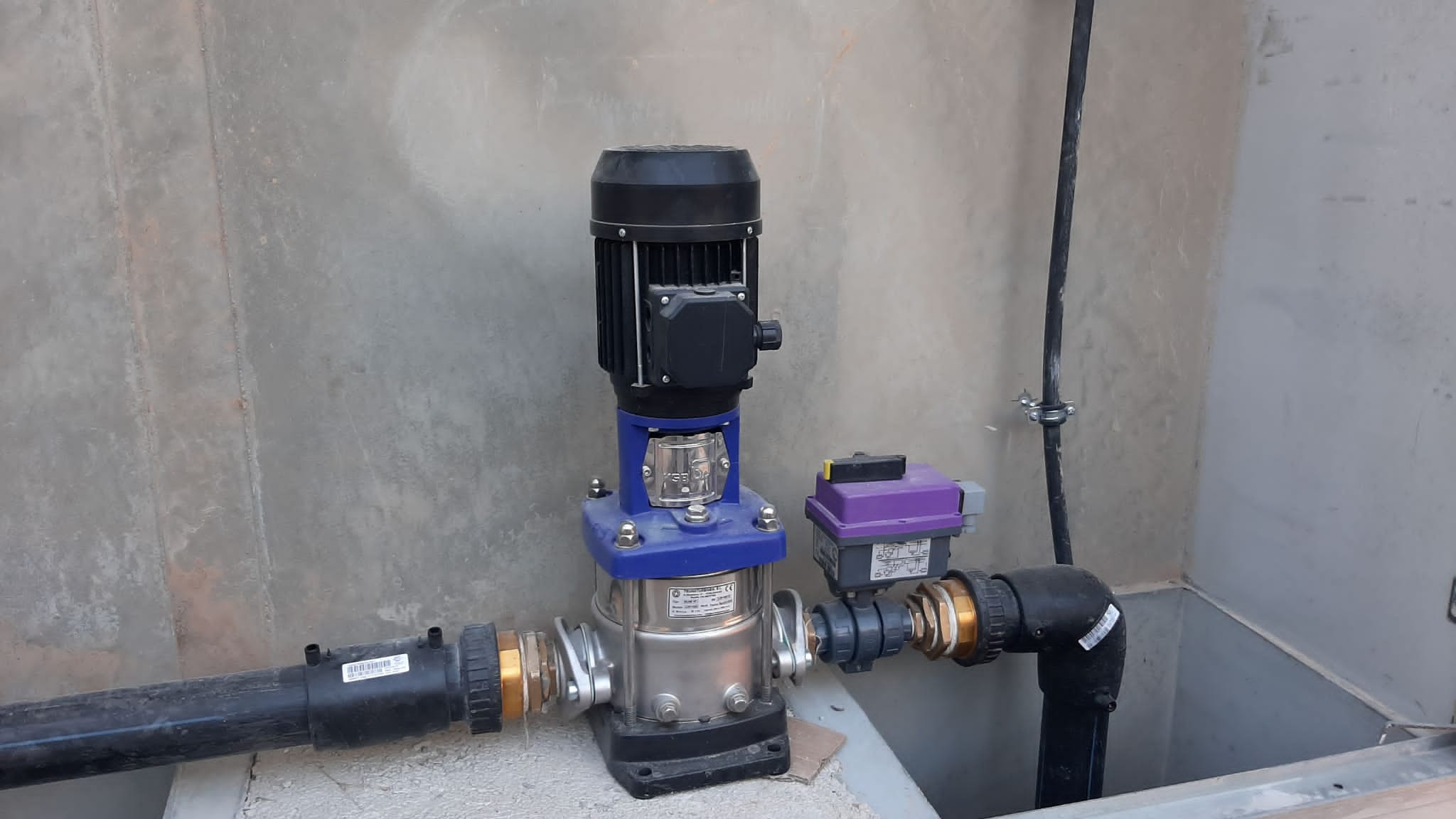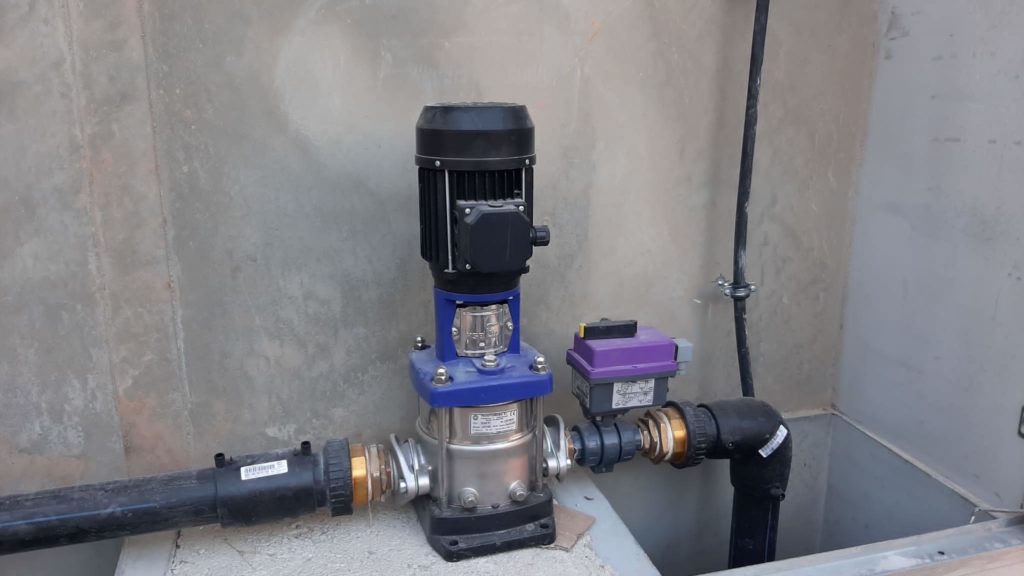According to a recent market study, policy decisions like the Kyoto Protocol, in combination with the increasing cost of energy, are generating increasing demand for alternative, renewable sources of energy in all market segments. In Germany alone, there is a posited potential for pumps as turbines (PaTs) on the order of 100 – 250 MW installed electric generating capacity.
Most of that potential is still being wasted in water handling systems and industrial facilities equipped with throttling elements, even though it would be very easy and extremely economical to harness that potential with PaTs.
What makes PaTs so worthwhile?
- Short payback period thanks to:
– Series production and accordingly minimal initial investment costs
– Very good optimum point efficiency and, hence, revenues from the power yield
- Low life cycle costs thanks to:
– Very low maintenance and repair costs
Obviously, a growing sense of ecological responsibility and the fact that this kind of power generation can be very profitable have helped enkindle a waxing general interest in renewable energy.
Applications for Pumps as Turbines
Pumps as turbine (PaTs) are called for wherever differences in pressure (e.g., system head) and flow quantities can be exploited in a plant or system. Our pumps make it both easy and very inexpensive to generate and recover additional energy. Consequently, PaTs can be used wherever the high cost of investment would make it diseconomical to generate power with a conventional turbine.
Thanks to the broad range of series pumps available, PaT systems occupy a nearly universal range of application:
- Industrial facilities (where they supplant practically all kinds of throttling devices)
- Water handling systems (upstream of water tank feed-in points)
- Small hydropower systems
- River locks with little head and high flow rates
- Chemical and petrochemical processes (e.g., gas scrubbing systems)
- Bottom outlets of impounding reservoirs
- Oil supply systems
- Reverse osmosis
The power yield can be fed into the public grid (mains mode) and/or provided to internal consumers (island mode). It is also possible to directly couple a PaT and a drive machine to either lessen the load on the drive or to replace it completely.
The use of PaTs is therefore particularly worthwhile wherever machines still have to be driven with expensive grid power, while a PaT could supply the required energy by replacing, say, a throttling element. That way, power consumption costs can be significantly reduced.
The major advantage of this system when compared to other renewable energy technologies is that, if enough water is available, it can provide a constant and/or predictable power supply, whereas other technologies (specifically wind and solar power) provide intermittent or unpredictable energy.


